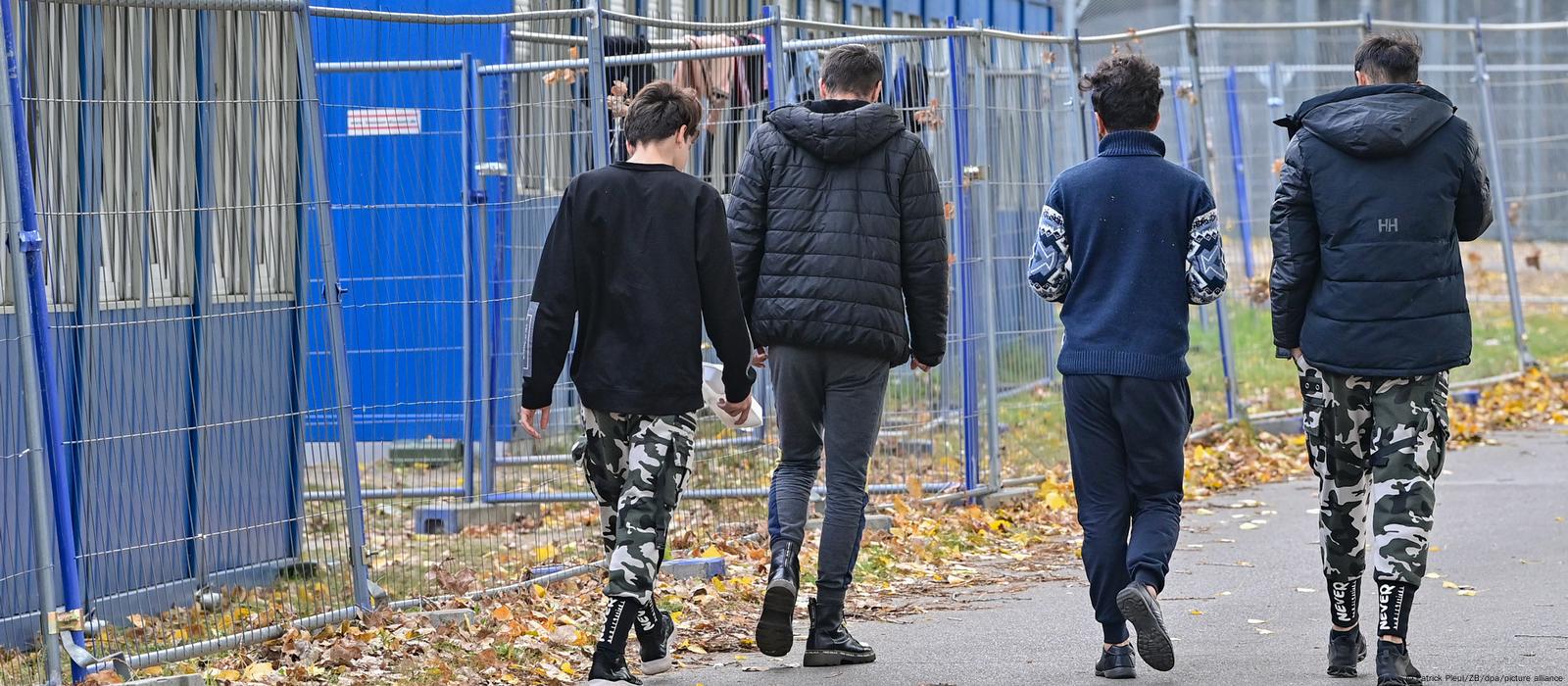A new study from the Institute for Labor Market and Professional Research indicates that the percentage of young people and women aged 18 to 31 seeking employment has risen from 42% to 61%. Additionally, the study found that women have a greater likelihood of obtaining a work-related residence permit, with their percentage increasing from 30% to 39% since the introduction of the Skilled Migration Law in March 2020.
“This shift isn’t necessarily the result of any specific clause but rather the overall impact of the law,” said Tanya Vendel, head of the study team. According to Vendel, the law has particularly encouraged women and young people to actively seek employment in Germany.
The study indicates a shift in the origins of job-seeking migrants since March 2020. Initially, 47% of these migrants came from Western Balkan countries, making up nearly half of the total. Their access to the German labor market was facilitated by the Western Balkan list. However, this percentage has now dropped to just 26%. In contrast, the proportion of immigrants from other regions has risen, particularly from Asia, which saw a 7% increase, and from the Middle East, which experienced a 5% increase.
One of the key findings of the study is the long-term increase in the percentage of migrant workers from third countries who secure full-time employment after relocating to Germany. The study reveals that 92% of labor migrants receive vocational training funded by social security contributions. Among these workers, 70% of men and 53% of women are employed full-time, while only 8% work part-time. This suggests that the employment rates for migrant women surpass those of German citizens, indicating that migrant women are more likely to work full-time compared to their German counterparts.
According to a report published by Zeit Online, the number of migrant workers with university degrees has increased by 20%, while the percentage of those with professional qualifications has decreased by 8%. This outcome contradicts the law’s objective, which aimed to facilitate the immigration of skilled workers without university degrees to Germany. Since 2020, Germany has recognized skilled workers with vocational training and made efforts to improve their access to the country.
The study revealed that numerous obstacles remain for skilled workers in Germany, particularly those with professional qualifications. The recognition of these qualifications is often a challenging and time-consuming process. Vendel attributes this issue to Germany’s “dual training system,” which is not comparable to systems used internationally.
Moreover, the study revealed that the percentage of skilled workers migrating from third countries to Germany stands at just 4.5%, a significantly low figure compared to other countries. This low rate is attributed to the discrimination faced by skilled migrant workers. Experts from the Institute for Labor Market and Professional Research indicate that 56% of migrant workers have experienced discrimination in at least one aspect of their lives, often leading to challenges in securing housing and employment.”





